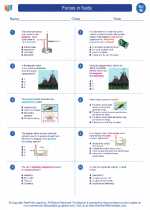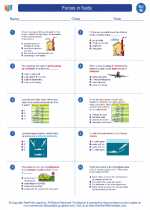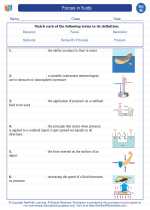Endocytosis
Endocytosis is a cellular process in which cells absorb molecules such as proteins, lipids, and other substances by engulfing them with their cell membrane. This process enables cells to take in nutrients, regulate signaling molecules, and remove debris from the extracellular environment. Endocytosis plays a critical role in maintaining the balance of substances within the cell and is essential for various cellular functions.
Types of Endocytosis
There are three main types of endocytosis: phagocytosis, pinocytosis, and receptor-mediated endocytosis.
- Phagocytosis: This type of endocytosis involves the ingestion of large particles such as bacteria, dead cells, or other cellular debris. Specialized cells such as macrophages and neutrophils are capable of performing phagocytosis.
- Pinocytosis: Also known as "cell drinking," pinocytosis involves the non-specific uptake of small dissolved molecules and extracellular fluid into the cell.
- Receptor-Mediated Endocytosis: This type of endocytosis is highly specific and involves the uptake of specific molecules that bind to receptor proteins on the cell membrane.
The Process of Endocytosis
The process of endocytosis involves several key steps:
- Initiation: Endocytosis is initiated when specific molecules or particles bind to receptors on the cell membrane, triggering the formation of a vesicle.
- Vesicle Formation: The cell membrane then invaginates, forming a vesicle that encloses the bound molecules or particles.
- Vesicle Internalization: The vesicle is then internalized into the cell, becoming a part of the cell's internal environment.
- Vesicle Fusion: Once inside the cell, the vesicle may fuse with other cellular organelles or undergo processing to release its contents into the cytoplasm.
Significance of Endocytosis
Endocytosis is crucial for various cellular functions:
- It allows cells to take in essential nutrients and molecules from the extracellular environment.
- It regulates the concentration of signaling molecules and receptors on the cell surface, influencing cellular communication and response to external stimuli.
- It plays a role in the removal of damaged cells, pathogens, and cellular debris.
- It is involved in the internalization and recycling of cell membrane components.
Study Guide
When studying endocytosis, consider the following key points:
- Understand the different types of endocytosis and the specific molecules or particles involved in each type.
- Learn the molecular and cellular mechanisms underlying the process of endocytosis, including the role of receptor proteins and vesicle formation.
- Explore the significance of endocytosis in maintaining cellular homeostasis and its impact on various physiological processes.
- Consider the relationship between endocytosis and human health, such as its role in immune responses and disease pathology.
Furthermore, it may be helpful to use visual aids, such as diagrams or animations, to understand the dynamic nature of endocytosis at the cellular level.
.





